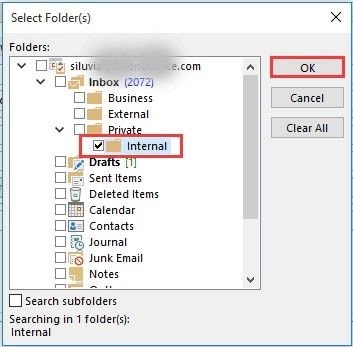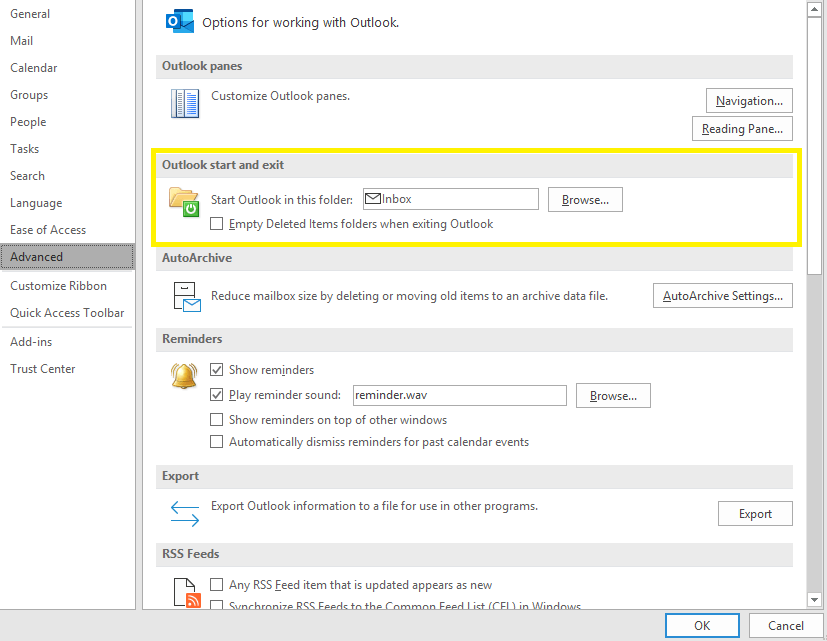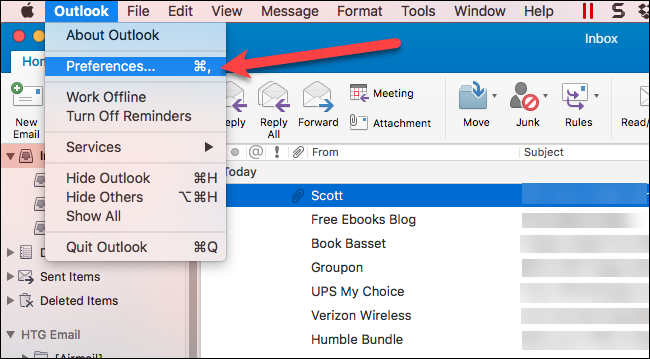
- #SEARCH ALL EMAIL FOLDERS IN OUTLOOK FOR MAC HOW TO#
- #SEARCH ALL EMAIL FOLDERS IN OUTLOOK FOR MAC FULL#
- #SEARCH ALL EMAIL FOLDERS IN OUTLOOK FOR MAC FOR ANDROID#
- #SEARCH ALL EMAIL FOLDERS IN OUTLOOK FOR MAC WINDOWS#
When you add an email account to Outlook, the “New Email” window automatically enables the “From” line, so you can choose from which account you want to send the email. The sending account defaults to whichever account you were in when you clicked “New Email. Outlook automatically creates a new folder with the same name. To do this, just create a label in Gmail. For doing so, follow the below-mentioned steps: Click on 'View. The feature enables the users to copy the existing view of the current folder to all the other folders, without the need of creating a new template.
#SEARCH ALL EMAIL FOLDERS IN OUTLOOK FOR MAC HOW TO#
If you prefer to create your labels in Gmail, Outlook will sync those, just like Gmail syncs folders from Outlook. How To Make A Common View In All Folders Outlook 2010 and the later versions have a feature Apply Current View To Other Mail Folders. If you apply multiple labels to an email in Gmail, Outlook has no way of knowing which folder it goes in, so it creates a copy for each folder. In Gmail, though, you can apply multiple labels to the same email. This is because, in Outlook, you can only put an email in one folder. Instead, it puts a copy of the email into the corresponding folder. If you apply that label in Gmail, Outlook picks up on this, but it doesn’t move the email to the corresponding folder. It automatically applies a matching label to any email you put in your Gmail account folders in Outlook.

Gmail, in particular, though, is quite clever when it comes to folders. If your email provider doesn’t support folders, these won’t appear in your online email.

If you right-click the email account, the new folder will be the same level as the Inbox. We named our new folders “Subfolder of the inbox” and “Subfolder of the account.” You can name your new folder anything you want (except protected names, like “Inbox,” “Sent Items,” etc.). For example, if you right-click the Inbox, the new folder will be a subfolder of the Inbox. The folder appears as a “child” of the one you right-clicked. Just right-click your account, and then click “New folder.” For example, if you have a Gmail account, and you prefer folders to labels, you can add them. You can add folders to an account even if the mail provider doesn’t support them. When you choose this option, you can search for something in all mailboxes, including emails, tasks, calendar appointments, attachments, or anything else in Outlook. However, you can click the search box at the top of the main window in the mail view and change the location to “All mailboxes.” This is because each mailbox is a synced copy of one on a server your provider manages. Outlook doesn’t provide an option to view all emails in the same folder. How to Find Emails From Multiple Accounts Instead, Outlook automatically adds the name of the email account to the Inbox folder in the Favorites section, so you know which is which.
#SEARCH ALL EMAIL FOLDERS IN OUTLOOK FOR MAC FOR ANDROID#
#SEARCH ALL EMAIL FOLDERS IN OUTLOOK FOR MAC WINDOWS#
#SEARCH ALL EMAIL FOLDERS IN OUTLOOK FOR MAC FULL#
Important: The folder location will not include the full path of the folders (if the folder is within other subfolders). This is especially helpful for users with many folders or complex/nested folder structures. When using the search function in Outlook to locate a message, Outlook can also tell you in which folder the message is located.


This document will provide you step-by-step instructions on how to find the folder location of an email message when using the search function in Microsoft's Outlook email clients.


 0 kommentar(er)
0 kommentar(er)
